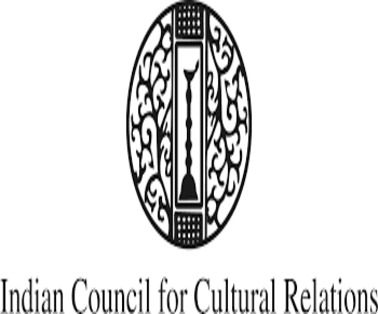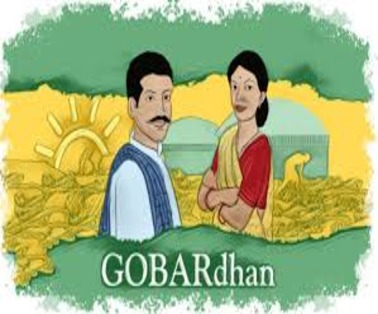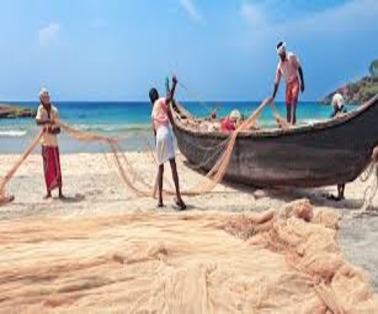The Indian Council for Cultural Relations (ICCR) has envisaged a special project called ‘The Language Friendship Bridge’
Key Points On The Language Friendship Bridge’
- India is planning to create a pool of experts in languages spoken in countries like Myanmar, Sri Lanka, Uzbekistan and Indonesia to facilitate better people-to-people exchanges
- The aim is to expand its cultural footprint in nations with whom it has historical ties, including those in its immediate neighbourhood,
- The project plans to train five to 10 people in the official languages of each of these countries.
- As of now, the ICCR has zeroed in on 10 languages: Kazakh, Uzbek, Bhutanese, Ghoti (spoken in Tibet), Burmese, Khmer (spoken in Cambodia), Thai, Sinhalese and Bahasa (spoken in both Indonesia and Malaysia).
Significance Of The Language Friendship Bridge’
- In India, the language learning focus till now has been on European languages like Spanish, French and German, along with the languages of major Asian economies like China and Japan.
- Though a number of universities and institutes offer courses in these languages, only a handful teach any of the 10 languages on the ICCR list.
- The idea is to enable India to translate its epics and classics, as well as contemporary literature, into these languages so that people in both countries can read them
What is Indian Council for Cultural Relations?
- The ICCR is an autonomous organisation of the Government of India under the Ministry of External Affairs.
- It promotes cultural diplomacy through cultural exchange with other countries.
- It was founded in 1950 by India’s first Education Minister, Maulana Abul Kalam Azad.
- ICCR has been assigned the responsibility of facilitating the celebration of the International Day of Yoga by Indian Missions/Posts abroad since 2015.
- ICCR has instituted several awards, including the Distinguished Indologist Award, World Sanskrit Award, Distinguished Alumni Award, and Gisela Bonn Award, which are conferred upon foreign nationals for their contributions in different fields.
Objectives of Indian Council for Cultural Relations
Its objectives are

Official Languages Of India
- The Eighth Schedule to the Constitution consists of the following 22 languages:
- Assamese, Bengali, Gujarati, Hindi, Kannada, Kashmiri, Konkani, Malayalam, Manipuri, Marathi, Nepali, Oriya, Punjabi, Sanskrit, Sindhi, Tamil, Telugu, Urdu, Bodo, Santhali, Maithili and Dogri.
- Of these languages, 14 were initially included in the Constitution.
- Sindhi language was added by the 21st Amendment Act of 1967.
- Konkani, Manipuri, and Nepali were included by the 71st Amendment Act of 1992.
- Bodo, Dogri, Maithili, and Santhali were added by the 92nd Amendment Act of 2003 which came into force in 2004.
Classical Languages
- Currently there are six languages that enjoy the ‘Classical’ status in India:
- Tamil (declared in 2004), Sanskrit (2005), Kannada (2008), Telugu (2008), Malayalam (2013), and Odia (2014).
- All the Classical Languages are listed in the Eighth Schedule of the Constitution.
- The Ministry of Culture provides the guidelines regarding Classical languages which are as given below:
- High antiquity of its early texts/recorded history over a period of 1500-2000 years;
- A body of ancient literature/texts, which is considered a valuable heritage by generations of speakers.
- The literary tradition is original and not borrowed from another speech community.
- The classical language and literature being distinct from modern, there may also be a discontinuity between the classical language and its later forms or its offshoots
To Download Monthly Current Affairs PDF Click here
Get Inspiration from CLAT 2025 Topper
Click here to get a free demo
Everything About CLAT 2025



